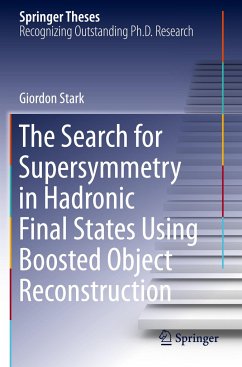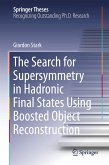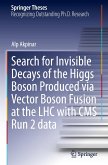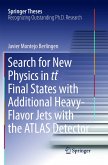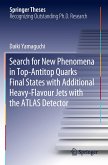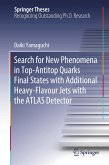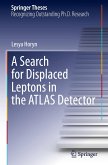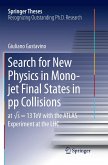This thesis represents one of the most comprehensive and in-depth studies of the use of Lorentz-boosted hadronic final state systems in the search for signals of Supersymmetry conducted to date at the Large Hadron Collider. A thorough assessment is performed of the observables that provide enhanced sensitivity to new physics signals otherwise hidden under an enormous background of top quark pairs produced by Standard Model processes. This is complemented by an ingenious analysis optimization procedure that allowed for extending the reach of this analysis by hundreds of GeV in mass of these hypothetical new particles. Lastly, the combination of both deep, thoughtful physics analysis with the development of high-speed electronics for identifying and selecting these same objects is not only unique, but also revolutionary. The Global Feature Extraction system that the author played a critical role in bringing to fruition represents the first dedicated hardware device for selecting these Lorentz-boosted hadronic systems in real-time using state-of-the-art processing chips and embedded systems.
Bitte wählen Sie Ihr Anliegen aus.
Rechnungen
Retourenschein anfordern
Bestellstatus
Storno

